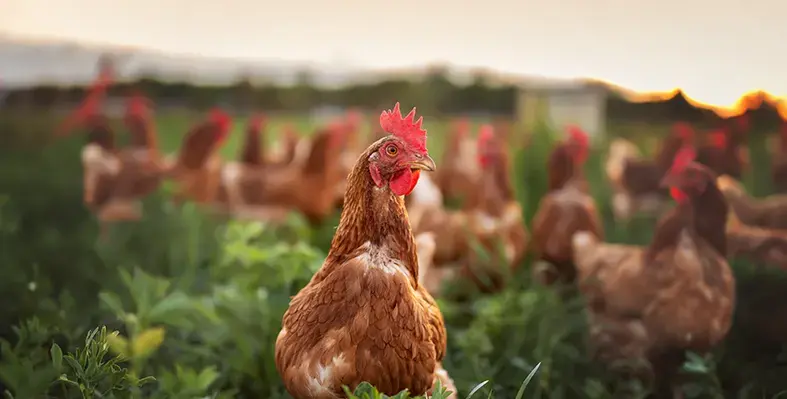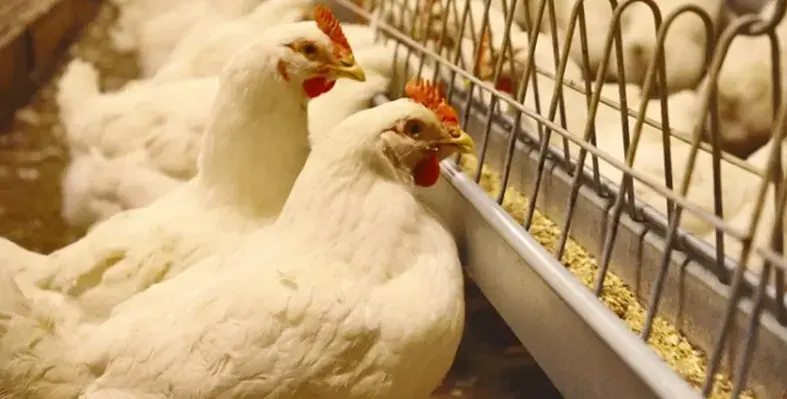
Aviagen is investing in local breeding stock production within Saudi Arabia. (Image source: Adobe Stock)
Aviagen is continuing to enhance its supply chain and its ‘global reach, local touch’ strategy by investing in a Grandparent (GP) operation for the production and distribution of Parent Stock (PS) in the Kingdom of Saudi Arabia (KSA)
This is a fully-owned Aviagen investment and the project is currently in the early stages of development.
Aviagen continues to recognise the strategic requirement for local, dedicated supply bases to ensure that Aviagen and all of our customers are best prepared to meet the increasing demand for poultry meat in this important, growing region. This investment will create a regional distribution hub for Aviagen brands, strengthening security of supply, and enhancing our ability to serve customers in KSA from a dedicated supply base within the region.
Saudi Arabia and the wider Gulf region present significant opportunities for the growth of poultry production and consumption. Aviagen is proud to support this development by investing in local breeding stock production within the Kingdom, aligning closely with Saudi Arabia’s Vision 2030 goals. With its strategic location and strong potential for industry growth, Saudi Arabia is an ideal location for this investment, providing access to key neighboring Gulf markets.
Tom Exley, President, Aviagen TMEA commented, “This strategic initiative reflects our ongoing commitment to the region, enabling us to deliver greater value to our customers through enhanced security of supply and tailored customer support. By investing locally, Aviagen is helping to strengthen the poultry industry and contribute to the region’s food security and economic development goals.”









